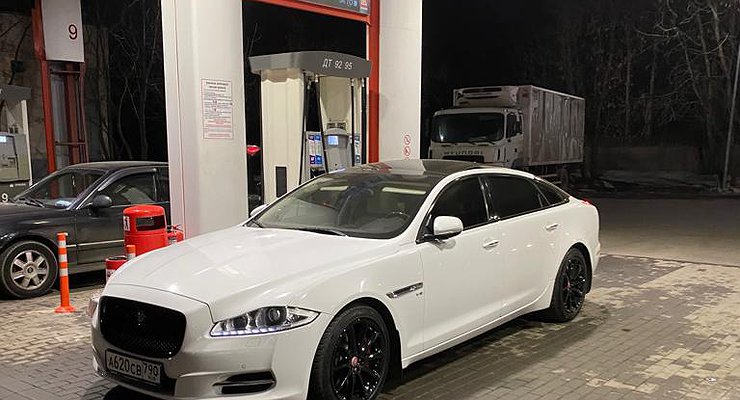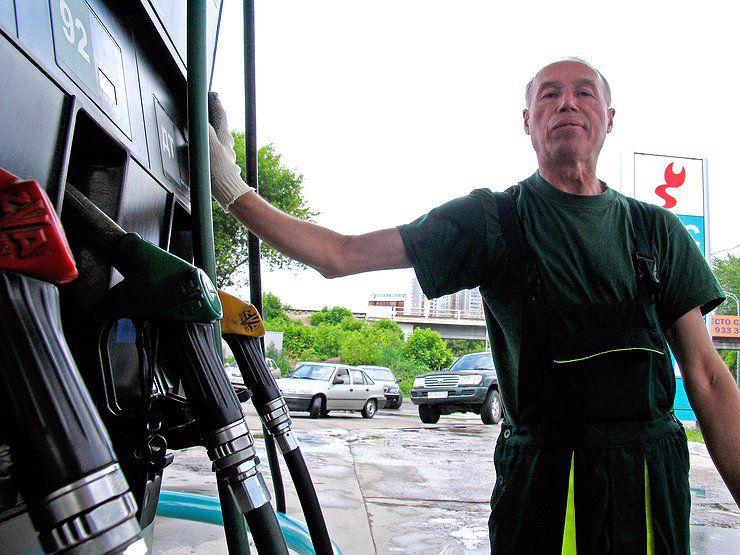A full tank can cause a fire. “Connoisseurs” say that the fuel can splash out and somehow miraculously ignite. And physics is to blame – fuel tends to expand. Let’s start with the fact that with a serviceable gas cap, even if the fuel is poured to the eyeballs, it is not going anywhere. In addition, having the fuel cap popped back means there is still plenty of clearance in the neck, which is more than enough to expand the fuel in a fully filled tank.
Remember that the car consumes fuel while driving. And after a few kilometers of driving, there is no longer as much fuel in the tank as at the gas station. So if something catches fire, it’s only due to carelessness on the part of the car owner and a malfunction in the fuel system.
But there are real drawbacks to a full tank. So, for example, in a car in a serious accident, the risk of fire increases considerably. If, as they say, you fill up at an unknown gas station with fuel of questionable quality, you will get nothing but a bouquet of problems. Old cars have one characteristic: when refueling to a full tank, there is a risk of a vacuum in their fuel supply system. And this is a direct path to the failure of the fuel pump.
As you can see, there are many reasons for limiting citizens to refueling to a full tank, just think of the stories of the residents of garages from the USSR. And for the truth, you can get a job. That’s why they come up with a nice story for us about how bad it is to drive with a full tank of fuel.















